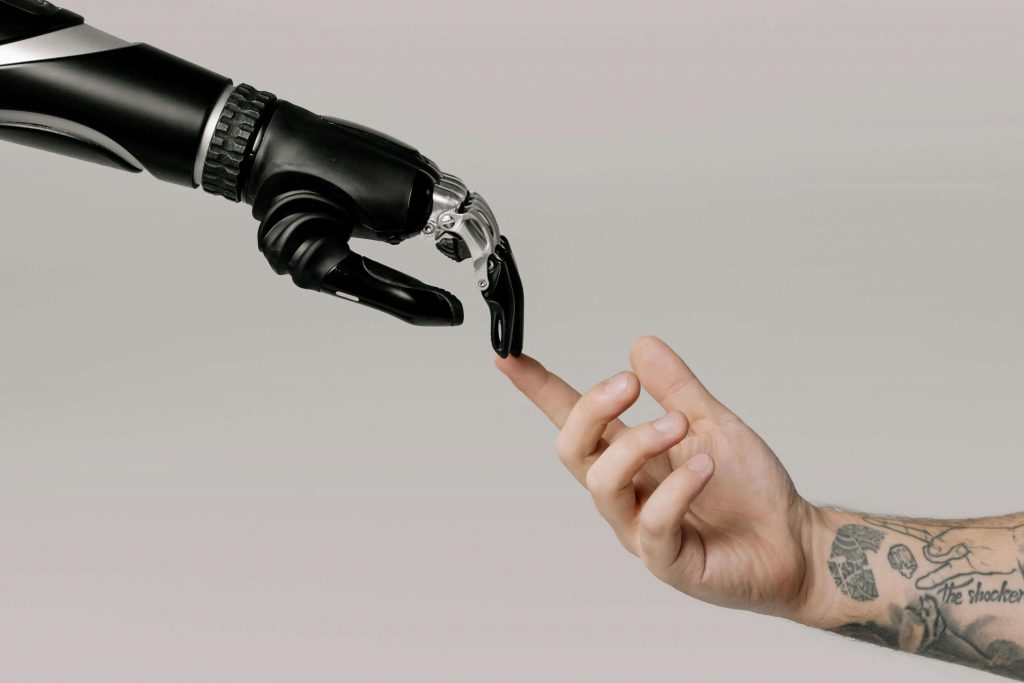Your team launches an AI tool. The tech is solid, the data is clean, the hype is high. And then… nothing happens. Adoption flatlines. Users ghost the dashboard. Efficiency gains vanish into the fog of “maybe next quarter.” This is the normal lifecycle for AI adoption challenges.
Here’s the part nobody wants to admit: the AI isn’t broken. But the rollout is.

People want to adopt AI, but then don’t know how
I worked with a company recently that built a brilliant AI system for internal process optimization. It could’ve saved hours of manual data entry and decision-making across several teams. But they skipped one step: training. Not technical training for engineers, but hands-on, accessible onboarding for the non-technical folks who were supposed to use it every day.
Without it, the system might as well have been written in Elvish. People avoided it like it would steal their keyboard shortcuts. Managers mumbled about “low adoption” while quietly sliding back to spreadsheets. That AI tool didn’t fail because it was flawed. It failed because nobody bridged the gap between capability and confidence.
I’d like to say this isn’t one of the big AI adoption challenges, but it is. Sometimes people who are constantly surrounded by technology forget how intimidating it can be. You have to be able to put yourself in the end user’s shoes and see the barriers.
You can’t bolt AI onto a broken process
A lot of AI projects are built like premium upgrades on a rusted-out car. Predictive models on top of vague workflows. Chatbots over inconsistent customer service policies. When AI is treated as a magic fix, it ends up exposing deeper flaws in the way teams already work. And then everyone blames the model.
If your AI project is stalling, look sideways; not just at the tech stack, but at the workflow it’s meant to support. Does it solve a real bottleneck? Does it change how decisions are made, or does it just create another dashboard no one checks?
No trust, no traction, no AI adoption
People won’t use what they don’t trust. That doesn’t mean AI needs to explain every weight and vector, but users do need to know why it’s recommending what it recommends. What data it’s using. How they’re expected to act on it. When they’re still allowed to override it.
This isn’t just anecdotal. According to Deloitte’s research on AI adoption challenges, a lack of user trust, driven by opaque models, unclear governance, and limited training, is one of the top reasons AI systems stall inside organizations.
Give people a black box, and they’ll walk away. Give them a simple, opinionated explanation, and they’ll lean in.
What actually works for AI adoption?
Successful AI rollouts do a few things differently:
- They prioritize early training for non-technical users
- They simplify the interface so the AI disappears into the workflow
- They identify one painful, human bottleneck and laser in on that
- They invite feedback and visibly adjust the system
Above all, they treat the launch as the beginning of the project, not the end.
Let the AI disappear
The goal isn’t to get people excited about “AI.” The goal is to make them forget they’re even using it. When done right, AI becomes ambient, just part of how work gets done, faster and better.
If your project is stuck, don’t throw more tech at it. Get curious about the humans around it. Ask them what slows them down. Show them how this tool helps. And then get out of their way.
(And if you want help designing an AI solution people actually use? You know where to find me.)


Leave a Reply